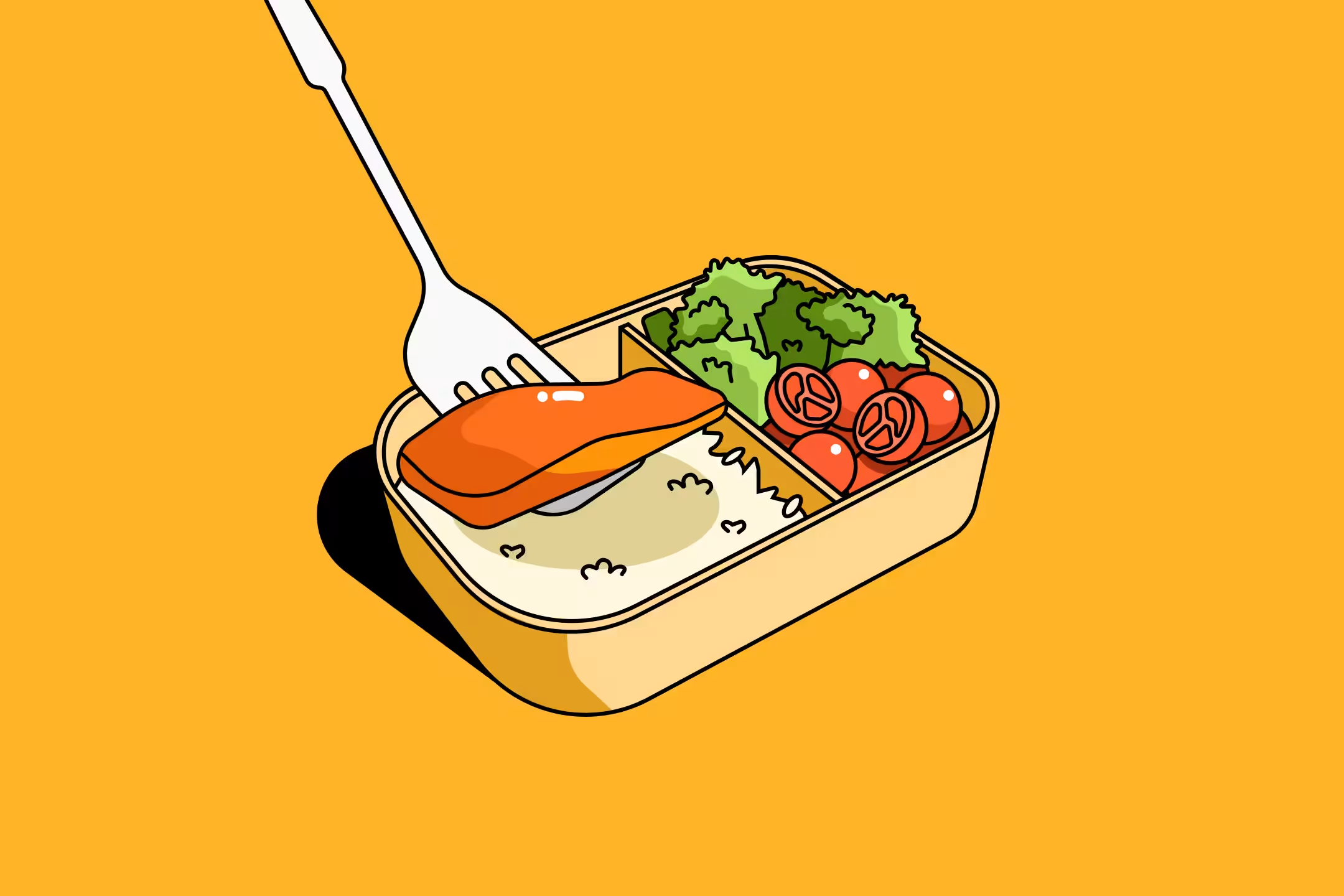
Empowering women to build strength, confidence, and transform their lives through expert-guided strength training programs.
Eat
Building strong, sculpted glutes isn't just about the exercises you do - it's also about what you eat. Nutrition plays a critical role in glute growth, recovery, and overall health.

That’s why we’ve created this article, delving into the science behind nutrition and glute muscle development, so you know exactly when, how and what to eat for maximum glute gains.
To effectively build muscle and grow your glutes, your body needs to be in a caloric surplus. This means eating more calories than you expend through daily activities and workouts. A surplus provides the necessary energy for your body to repair and grow muscle tissue.
How Much of a Surplus? Aim for a surplus of around 5-10 percent above your daily maintenance level. This should lead to steady muscle growth without excessive fat accumulation. To work out your daily maintenance level, the most accurate way is to use a TDEE (total daily expenditure) calculator.
Quality Matters: Focus on nutrient-dense foods to meet your surplus needs. Quality calories from whole foods support not just muscle growth but overall health.
Tips: If your TDEE is 1700, a 10 percent surplus would be an extra 170 calories.
Protein is essential for muscle repair and growth. Adequate protein intake is non-negotiable when aiming for increased muscle mass in the glutes.
How Much? Consume 1.2 to 2.0 grams of protein per kilogram of body weight daily.
Include high-quality sources like lean meats, fish, eggs, dairy, and plant-based proteins such as legumes and tofu.
Tips: Aim to include a quality source of protein at every meal or snack.
Carbohydrates are your body's primary fuel source, crucial for powering through your workouts and supporting muscle recovery.
How Much? Carbohydrates should make up 45-65% of your total daily caloric intake.
Sources: Choose complex carbohydrates like whole grains, fruits, and vegetables for sustained energy.
Fats play a critical role in female hormone production and nutrient absorption, important factors in muscle growth and overall health.
How Much? Fats should account for 20-35% of your total daily calories.
Sources: Opt for sources of unsaturated fats such as nuts, seeds, avocados, and fatty fish.
Nutrient timing can enhance workout performance and recovery, aiding in glute growth.
Pre-Workout: Eat a meal or snack that includes both carbohydrates and protein 1-3 hours before exercising.
Post-Workout: Consume a protein and carbohydrate-rich meal within 2 hours after your workout to support recovery and muscle growth.
Adequate hydration is essential for nutrient transport, muscle recovery, and overall health.
How Much? Drink at least 2 litres of water daily, more if you're active or live in a hot climate.
Eating for glute gains involves more than just filling your plate with protein. A strategic approach that includes maintaining a caloric surplus, balancing macronutrients (proteins, carbohydrates, and fats), and considering the timing of your meals can significantly impact your results. Remember, consistency in both your diet and exercise routine is key to achieving glute growth and in order to see adequate gains you need to be challenging yourself in your workouts. Stay patient and committed to your nutrition plan, and you'll see the gains in strength and size you're working towards.
A week of amazing workouts to get you energised